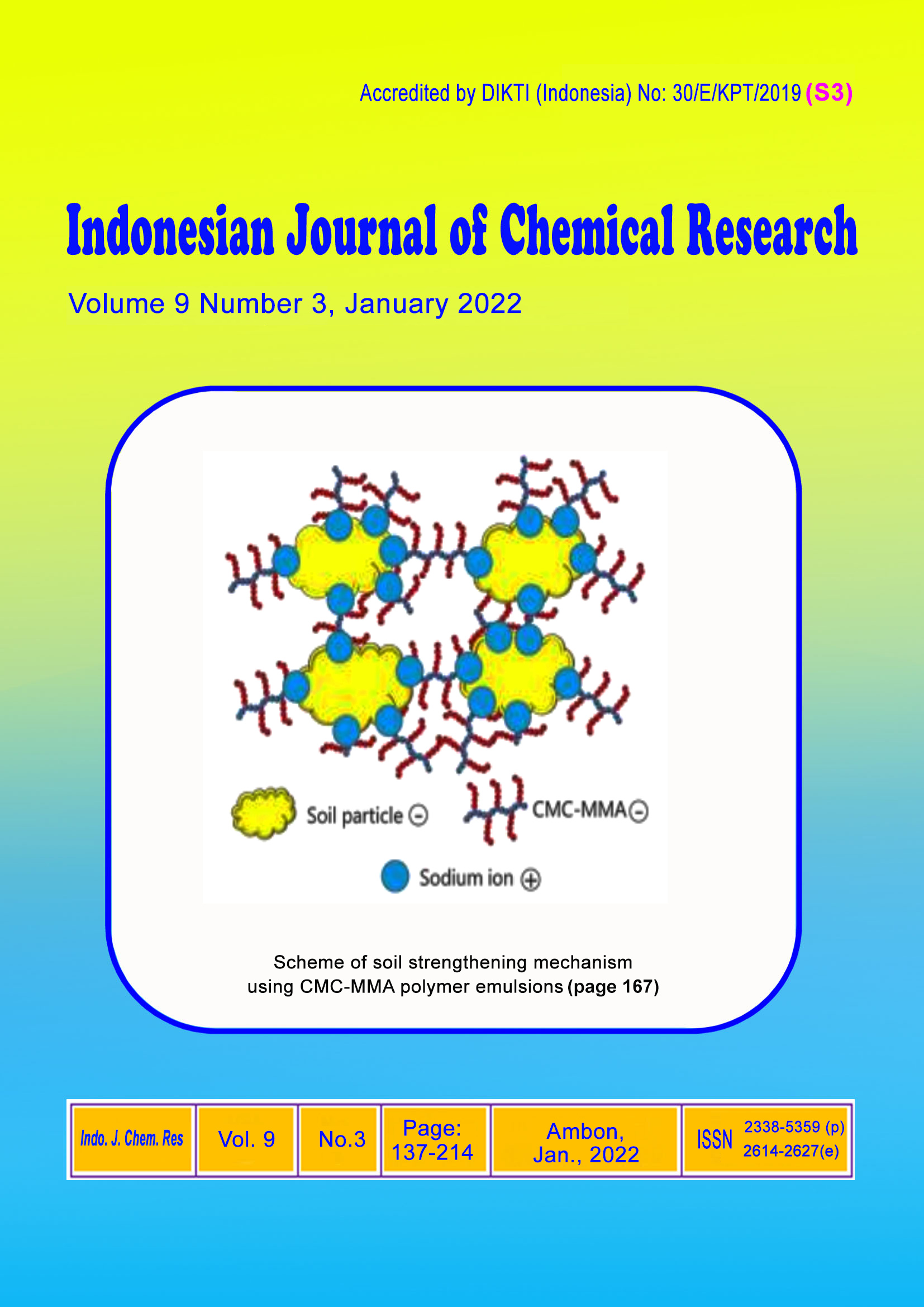Identification of Phytochemical Extract of a Combination of Young Coconut Water, Ginger and Turmeric
Abstract
Turmeric is a tropical plant that is widely found on the Asian continent which is extensively used as a food coloring agent and fragrance. Ginger is a spice plant that it often found in South Asia which is widely has spread throughout the world. Coconut is an annual plant, has a hard stem and is generally not branched (monopodial), has fibrous roots, and contain water that is clear and tastes sweet, young coconut water has benefits such as antibacterial, beauty treatment, as an isotonic agent, and carry out the urination. This research was conducted to obtain information about the physicochemical properties and secondary metabolites contents of the coconut water, ginger and turmeric combination extract. The research method was carried out by mixing the mashed turmeric and ginger with the young coconut water and then macerated. The resulting extract was then tested for physicochemical properties (solubility) and identified groups of secondary metabolites (flavonoids, tannins, saponins, and steroids/triterpenoids. The extract was soluble in 70% ethanol. In addition, the combination of young coconut water, ginger, and turmeric extract contain a group of secondary metabolites among others flavonoids, tannins, saponins, and triterpenoids.
Downloads
Copyright (c) 2022 Florentina Saji Hasti, Aloisius Masan Kopon, Anselmus Boy Baunsele, Maria Benedikta Tukan, Maria Aloisia Uron Leba, Erly Grizca Boelan, Faderina Komisia

This work is licensed under a Creative Commons Attribution-NonCommercial-NoDerivatives 4.0 International License.
Authors who publish with this journal agree to the following terms:
- Copyright on any article is retained by the author(s).
- The author grants the journal, the right of first publication with the work simultaneously licensed under a Creative Commons Attribution License that allows others to share the work with an acknowledgment of the work’s authorship and initial publication in this journal.
- Authors are able to enter into separate, additional contractual arrangements for the non-exclusive distribution of the journal’s published version of the work (e.g., post it to an institutional repository or publish it in a book), with an acknowledgment of its initial publication in this journal.
- Authors are permitted and encouraged to post their work online (e.g., in institutional repositories or on their website) prior to and during the submission process, as it can lead to productive exchanges, as well as earlier and greater citation of published work.
- The article and any associated published material is distributed under the Creative Commons Attribution-NonCommercial-NoDerivatives 4.0 International License.






_copy1.png)










